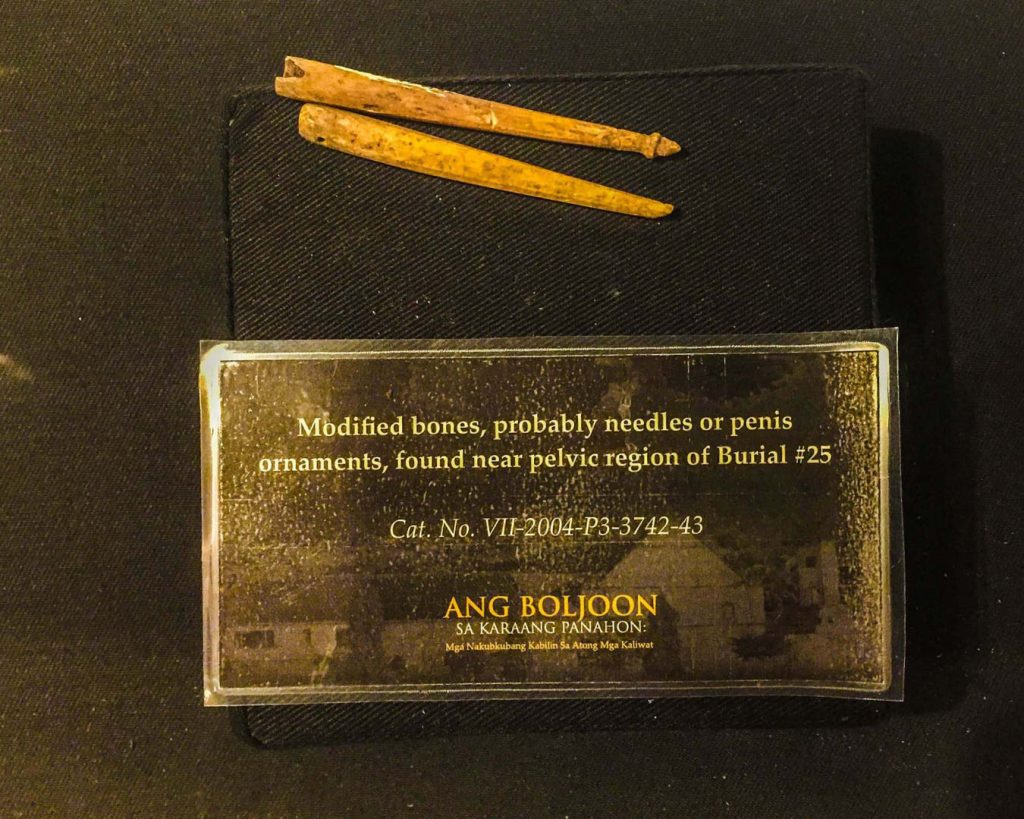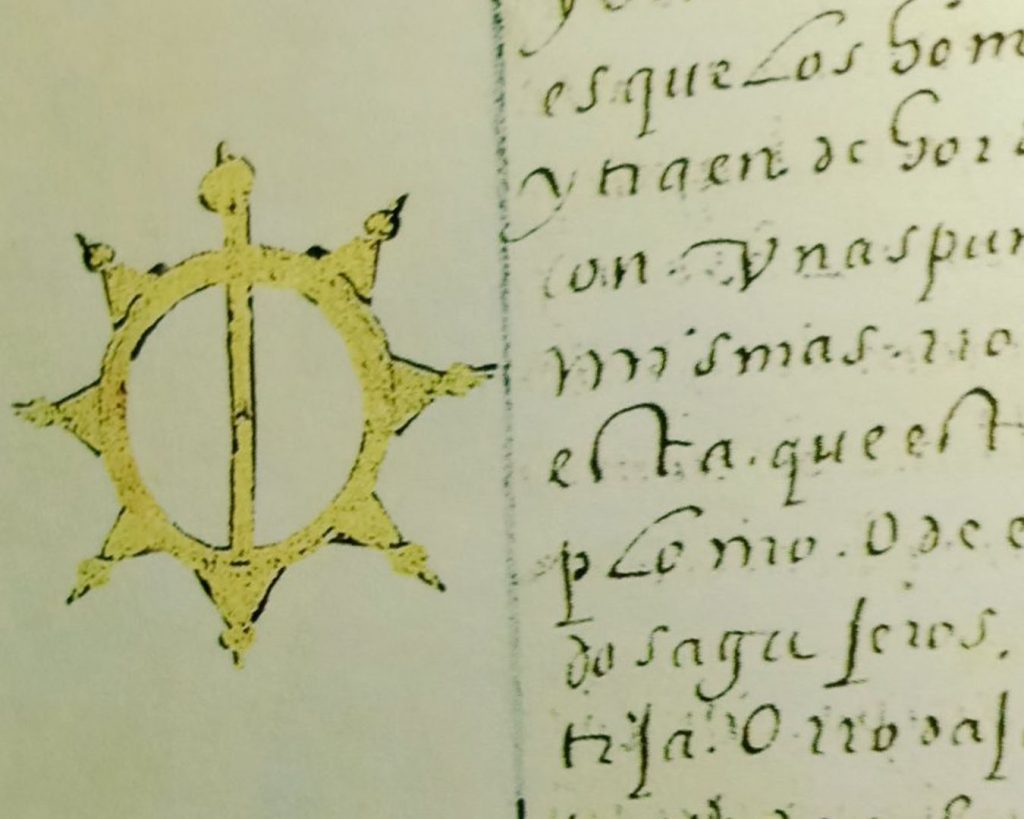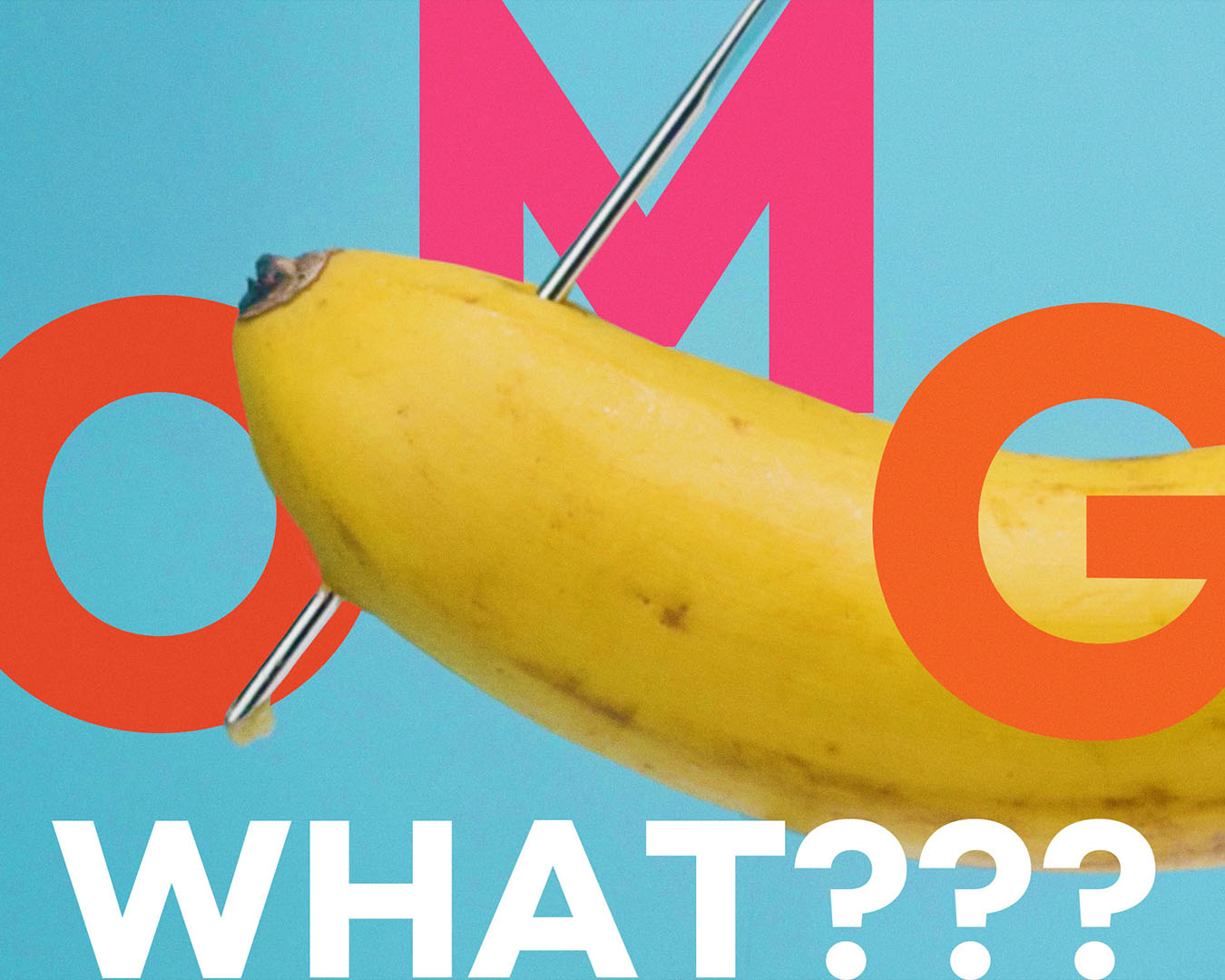Note: This article deals with mature subjects such as sex and genitalia.
Satanic. Barbaric. Escandalo!
These would be the words used by Spanish conquistadors and friars to describe a particular way pre-colonial Bisayans enjoyed coitus.
Before the eradication of most of our Bisayan culture (it’s not completely lost!), we fascinated and awed Western travelers with how we lived and functioned as a society. Despite their professiones of piety, the early Spaniards were curious about Bisayan culture, and even studied our sex lives.
Ring Around His Rosie
Bisayans were (and still are) fabulous people. We had a notable perspective on how we presented ourselves. We, quite literally, wore our story on our sleeves through tattoos, jewelry, clothing, and even how we walked.
Of all the accessories and ornaments that we adorned ourselves with, it was sexual devices that fascinated the foreigners in the early years of settling into “their new colony,” to the point of soldiers and friars demanding to see the genitals of male natives.
The devices in question? The sakra (penis ring) and tugbuk (penis pin).
Spanish historian Antonio de Morga described the Bisaya women to be “very vicious and sensual, and their wickedness has devised lewd ways of intercourse.” Trés harsh.
Before you let out a chuckle, the process of getting your own sakra and tugbok was a painful but essential rite to adulthood. The Italian chronicler Antonio Pigafetta describes the process of genital piercing for the tugbuk as follows:
The males, both large and small, have the head of their member pierced from one side to the other, with a pin of gold or of tin as thick as a goose feather, and at each end of this pin some have a star-shaped decoration like a button, and others, one like the head of a cart nail… In the middle of this pin or tube or a hole through which they urinate, and the pin and the stars always remain firm, holding the member stiff.
The Boxer Codex recounts it almost identically:
Two holes are fashioned in the round part of the hoop or ring, one on the top and the other on the bottom, through which a small bolt or pin made of the same metal as the ring is inserted and which is then thrust through the man’s member as the base of his foreskin. And thus the hoop or ring [sakra] is work on the genital member itself in the same way a ring is worn on a finger.

If You Want to Be My Lover, You Gotta Get A Penis Ring
The sakra is a multiple-tipped (mostly metal) crown, and the tugbok kept the sakra in place during sexual activities. These accessories were essential for males in the Bisaya society because the women wished it so. Women would refuse sexy time if you didn’t have a penis ring, and would even go as far as ridiculing men without these accessories.
Bear in mind that women back then were regarded with much more freedom and reverence than during the Spanish era. During sex, it was the woman who had control over the sakra. Pigafetta describes the act in detail:
[Women] take the penis not in the regular way [without it being prepared or rigid] and commence very gently to introduce [the sakra] into their vagina with the spur on top first, and then the other part. When it [the penis] is inside, it takes its regular position; thus the penis always stay inside until it gets soft, for otherwise they could not pull it out.
Some accounts say couples could be intertwined for as long as a full day. Talk about two becoming one.
Things Get Complicated
Although it was mostly women who enjoyed the sakra, some men also used it to their advantage, but in a vengeful and violent way. A husband who wanted revenge on his wife for infidelity would use an iron sakra and shapen its edges, thereby wounding her and even go as far as killing her. Pre-colonial Bisayans were no strangers to violence—but what a way to go!
It wasn’t all fun and games with the sakra, either. The haphazard misuse of it could cause complications for both man and woman. Sex using the sakra drew blood especially for women, and excessive blood loss could lead her to death. Again—what a way to go.
The idea of women having so much control over men and ultimately Bisaya society appalled the Spanish settlers. Entering the 17th century, Spanish historian Antonio de Morga described the Bisaya women to be “very vicious and sensual, and their wickedness has devised lewd ways of intercourse.” Trés harsh.
Some accounts say couples could be intertwined for as long as a full day. Talk about two becoming one.
By this time, the use of these genital accessories was already fading, thanks to the many efforts of the Catholic clergy to discourage it. One of the missionaries had even conducted a tedious individual penis inspection to get rid of these accessories, and in effect the natives’ “malevolent deeds.”
You could imagine just how grief-stricken Bisaya women were when they were compelled to reform to the missionaries, and were scandalized as “sex-crazed and uncivilized.” Like taking candy from a baby and pouring salt on their wounds. But I bet men were quite relieved that they didn’t have to get their penises pierced anymore.
It’s also worth mentioning the sakra and tugbuk were mostly made of gold, and these were confiscated by the friars. I wonder what sort of decorations they used the melted gold for.

A Guilty Pleasure Today
The use of the sakra and tugbuk wasn’t unique to Bisayans. Penis inserts are a common practice in Southeast Asia, with reports of use in Indonesia and Borneo where Borneans call it palang.
Today, penis inserts are still being practiced by Southeast Asians for the same reason of giving more pleasure to their lovers, albeit now perceived to be taboo. Some Filipino seamen implant tiny plastic or stone balls the size of M&M’s underneath the skin of their penises to enhance sexual pleasure, deeming it to be their secret weapon during encounters with women, creating what could be described as a global impact.
Less invasive accessories are still used today in Cebu as well. Rumors of an old man in Colon Street selling goat’s eye, a bristled penis ring, still float around. In the digital age, it’s even easier to get this and a myriad of similar accessories with a simple search on Lazada.
The Penis Inserts of Southeast Asia explains the custom’s prevalence: “penis inserts in Southeast Asia are at least in part explained by the traditional autonomy of women in the region.. the nexus between genital surgery and female sexual pleasure is salient in the thought of Southeast Asians, including its women.”
Now that is a power move. Inch-eresting.



This was very informative! Most bisayans don’t know that this tradition was actually practised by our ancestors, highly fascinating.
What a well written and informative article, thank you very much!